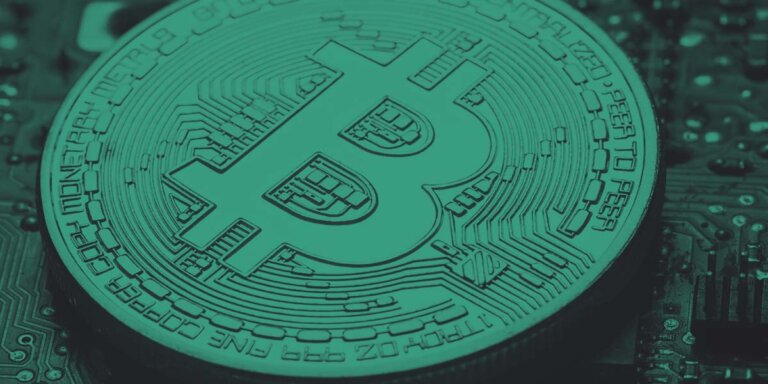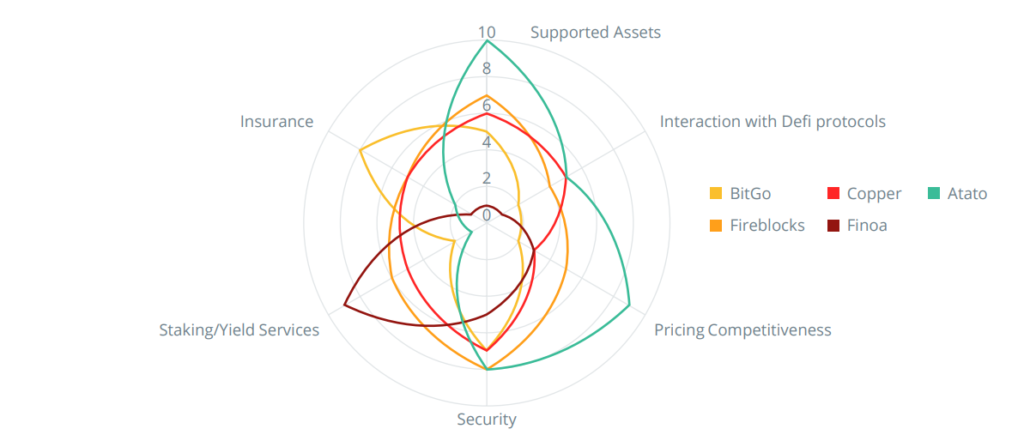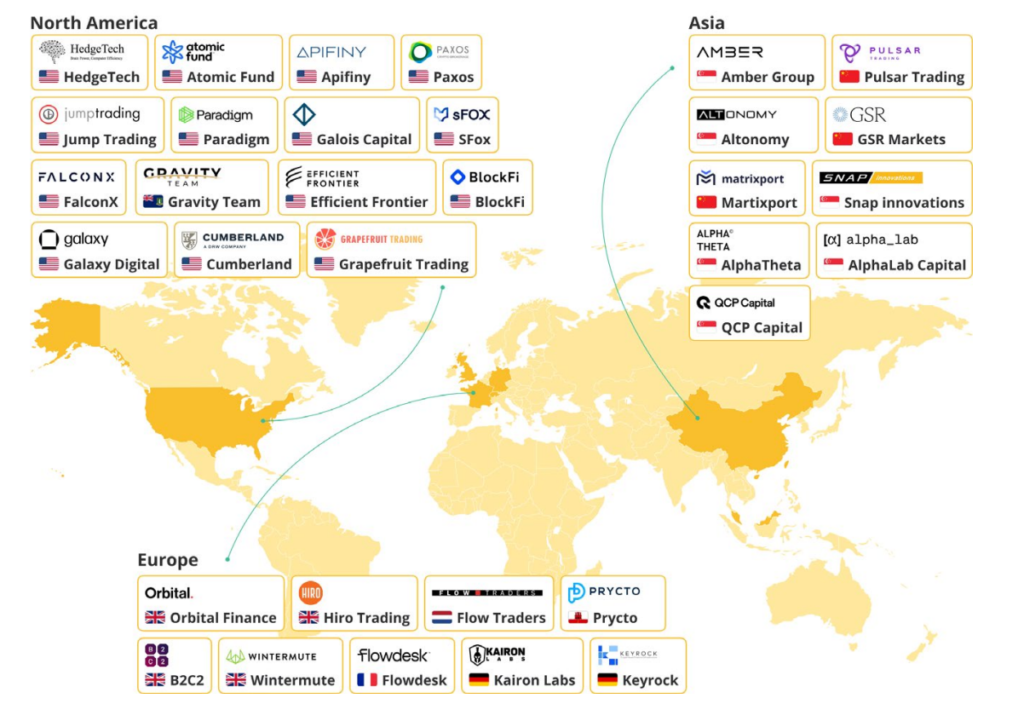With institutional interest in cryptocurrency on the rise, the asset management industry is stepping up to meet the needs of this growing market. From limited initial exposure to more differentiated strategies, large pension plans and hedge funds are stepping up their stakes in cryptocurrencies as the market becomes more mainstream.
With institutional demand for more actively managed cryptocurrency investments picking up steam, the asset management industry has begun to address the needs of this neglected space. The first signs of institutional interest were about getting initial exposure to Bitcoin and Ether, either directly or through passive products.
Now, the appetite is going beyond this initial exposure to differentiated strategies and an attempt to get more exposure to this growing asset class. Pensions, endowments and foundations have still been some of the slowest investors to adopt cryptocurrencies, according to a Fidelity survey of institutional investors in January 2022.
Large pension plans like the Houston Firefighters’ Relief and Retirement Fund, for example, have announced crypto allocations, but most are still small. The Houston fund’s 2021 allocation to investments in Bitcoin and Ether comprised only 0.5% of its $5.2-billion portfolio. Hedge funds, registered investment advisers and some companies step up their stakes in cryptocurrencies as the market becomes more mainstream. Institutional clients traded $1.14 trillion worth of cryptocurrencies on the Coinbase exchange in 2021, up from just $120 billion the year before and more than twice the $535 billion for retail.
I believe in blockchain technology. There’s going to be that revolution, so it has earned credibility. Bitcoin is like gold, though gold is the well established blue-chip alternative to fiat money
Ray Dalio, Former CEO of Bridgewater Associates | $140 Million
A survey of 300 institutional investors conducted by State Street in October 2021 found that more than 80% were now allowed to have exposure to cryptocurrencies. Large funds with assets of $500 billion or more under management were the most excited, and nearly two-thirds of them had dedicated staff for the crypto market. While the majority of crypto funds have a primary office location in the U.S., fewer than 20% are technically domiciled there (as a Delaware company, for example).
For a variety of tax, legal and regulatory reasons, the Cayman Islands and the British Virgin Islands are the predominant offshore legal domiciles for crypto funds. Together, these offshore locales are the domicile for 49% of crypto funds.
As more institutional investors gain exposure to cryptocurrencies, the asset management industry is poised for continued growth. With large funds with assets of $500 billion or more leading the charge, and offshore domiciles like the Cayman Islands and the British Virgin Islands becoming popular choices for crypto funds, the industry is evolving rapidly to meet the demand. As cryptocurrencies continue to gain credibility and mainstream acceptance, we can expect to see even greater institutional interest in the years ahead.
This article is an extract from the 70+ page Institutional Demand for Cryptocurrencies Survey co-published by the Crypto Research Report and Cointelegraph Consulting, written by multiple authors and supported by Flow Trader, sFox, Zeltner & Co., xGo, veve, LCX, Finoa, Lisk, Shyft, Bequant, Phemex, GMI.




















